Frozen Confections Past 4 August 2011
While I was on jury duty in July the Times published an article mentioning Wooly’s, a new shaved ice stand on Municipal Plaza, between McKim, Mead & White’s Municipal Building and Cass Gilbert’s U.S. (now Thurgood Marshall) Courthouse.
.
.
.
.
.
.
.
.
.
In pre-Civic Center days, this was a continuation of Duane Street but it evolved during the Progressive era, first into Ottendorfer Square (named after the late editor of the New Yorker Staats-Zeigtung, whose offices were demolished to make way for the Muni Building) and then into St. Andrew’s Plaza. Today, it’s a brick-paved, pedestrian-only wedge that extends, sort of, the tangle of traffic islands and open areas that define the larger public space in and around Foley Square.
Heading over there on my lunch break at the beginning of the ignominious heat wave, I ignored the food-court-in-the-80s kiosks that were built there as a food-court-in-the-90s and made straight for Wooly’s bright blue and yellow stand. I ordered a Wooly (size), original (sweetened condensed milk flavor), finished with leche (syrup) and mangos (topping). On a hot afternoon, this was utterly refreshing and not as intolerably sweet as it might sound. Sitting there sweating while the shaved ice melted, faster than I could eat it, my mind wandered towards frozen confections of summers’ past. This wasn’t really Proustian; let’s call it Mr. Softee sentimentality.
If these reminiscences had been chronological they might have started with chocolate chip ice cream from Graeter’s in Cincinnati. The store in Hyde Park, where I went as a kid in the early 70s, is one of the oldest outlets of the venerable chain (founded 1870).
You’d never know that from its modernized storefront, which sports a mid-1960s zig-zag canopy that, to quote the critic Russell Lynes in high dudgeon about a very different building, “would not look out of place on a bowling alley in Paramus.”
.
.
.
.
.
.
.
.
.
But that’s why it looks so good on an aging ice cream parlor in Hyde Park Square, a genteel shopping district built in the 1890s to serve one of Cincinnati’s most exclusive streetcar suburbs.
Another significant frozen confection experience took place in New York just a few years later. 40 Carrots in Bloomingdales opened in 1975 in response to two seemingly unrelated trends.
The first was an expansion in yogurt consumption throughout the metropolitan area sufficient enough to rate a feature article in New York Magazine. The second was Bloomingdale’s transformation from a dowager department store into an epicenter of urban trendiness.
As supervised by the store’s president, Marvin Traub, this included the identity and graphics program by Massimo and Lella Vignelli that produced the now legendary brown bag series. It also included an interiors and retail renovation program that replaced stalwart departments with small, ephemeral boutiques, like those overseen by Barbara D’Arcy, the store’s influential design director for much of this period.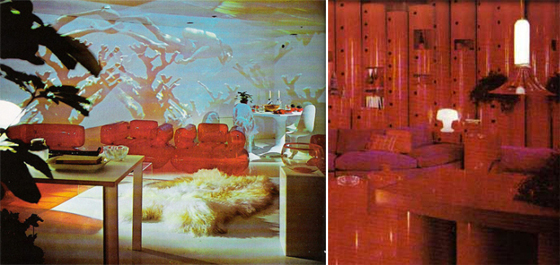
Her work certainly influenced my mother’s decision to purchase a Kartell Componibili unit (Anna Castelli Ferrieri, 1969) for her bathroom—a rare concession to contemporary design in the otherwise traditional décor of my parents’ house. By the mid-70s, Bloomingdale’s restaurants were subjected to the same formula as its boutiques.
Originally, 40 Carrots consisted, soda fountain style, of just 12 stools and a counter, but it was so successful that it expanded three times in as many years. I don’t recall the space exactly but remember it as evoking a sort of health-food-made-stylish urban chic.
It comes as a surprise, therefore, to read in Mimi Sheraton’s 1976 New York Times review that the décor of 40 Carrots included knotty pine boards and dancing carrot cartoons. It’s the soft serve frozen yogurt that looms large in my memory and somehow I’d managed to transfer the cool whiteness of the fro-yo to the space itself. How I managed to suppress the actual Moosewood vibe of the place for so many years remains a mystery, but my aversion to Birkenstocks may now have an obvious root cause. 40 Carrots still exists, by the way, in an enlarged and renovated space it moved into in 2007. Frozen yogurt is still the best selling item on the menu. It may be time for another visit.
Readers will be relieved to know that my reminiscences were neither chronological nor complete, skipping over many of the ice cream stores that followed: Herrell’s and Barts in Northampton, Gatsby’s in Montauk, Bob’s Famous in D.C., where I worked after college in a white brick building occupied by the Heritage Foundation. Sadly, I cannot report on the frozen confection predilections of famous conservatives; in D.C. in the 80s everybody dressed like a Republican.
A selection of more recent frozen confection experiences, in mostly chronological order:
Brad & Dad’s is in Palmyra, New York, the hometown of Joseph Smith and generally regarded as the birthplace of Mormonism, which may be more of an attraction for some people than the ice cream.
Birdsall’s Ice Cream in Mason City Iowa is nothing special, though it has some fine boomerang Formica countertops and is in better shape than Frank Lloyd Wright’s Park Inn Hotel and City National Bank building (1908-10), nearby.
This building, the reason we stopped in Mason City, is now in the midst of a much-needed renovation.
.
.
.
.
.
.
.
.
.
.
The “concrete” from Ted Drewes in St. Louis lives up to its legendary thickness. Despite the heat and humidity of a St. Louis spring, not a drop melted into the parking lot.
.
.
.
.
.
.
.
.
..
.While it provided some measure of sustenance as we braved the long lines to get to the top of Saarinen’s Arch, we were hungry again by the time we got to the Wainwright Building.
.
.
.
.
.
.
.
.
The Red Rooster Drive-In in Brewster, New York is old-school chocolate dipped soft-serve dispensed from a building with a slightly swoopy, high-pitched roof, candy-striped pediment, and an ice cream shaped cupola–just what’s needed to catch your eye as you drive along N.Y. 22.
.
.
.
.
.
.
.
.
The Bridgehampton Candy Kitchen doesn’t have a cupola, but the Dan Flavin Art Institute nearby does—and the Flavins (which brought me to Bridgehampton to begin with) were a whole lot better than the ice cream.
Central Dairy in Jefferson City, Missouri occupies a fine glazed block box that is immaculate inside and out. Sadly, the ice cream is unexceptional.
.
.
.
.
.
.
.
.
.
.
.
.
La Beau’s Drive-In in Garden City, Utah is the reverse. The building is unlovely, but the shakes, made with locally famous Bear Lake raspberries, are inspired.
Parkside Candies on Main Street in Buffalo occupies a two-story commercial building five miles north of downtown.
.
.
.
.
.
.
.
.
.
.
It doesn’t matter that the sundaes are almost insipid, because the setting, designed by G. Morton Wolfe, is worthy of Garnier’s Paris Opera. Now that’s one place I’ve yet to have a frozen confection, though I read somewhere that they used to serve ice cream in the Salon du Glacier. I’d like to believe this is true but it’s probably a mis-translation by some hungry, hopeful scholar. And at any rate, who wants to eat ice cream in the 9th when there’s Berthillon in the 4th? For the record: I consumed my first dish of Berthillon sorbet in 1982.
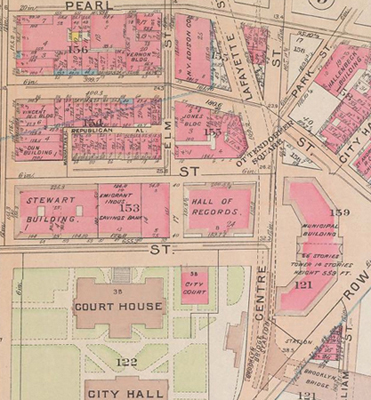
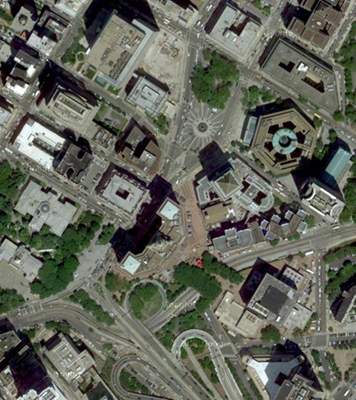
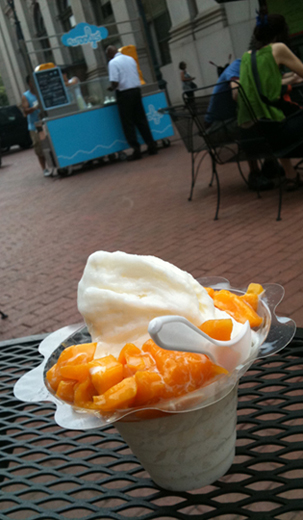
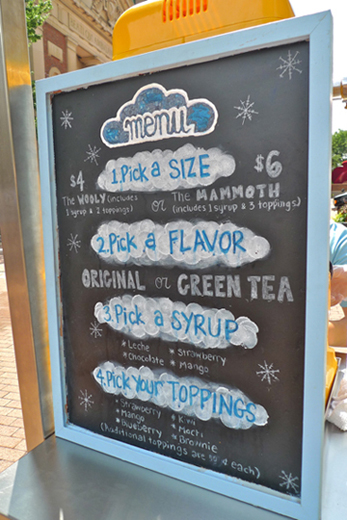
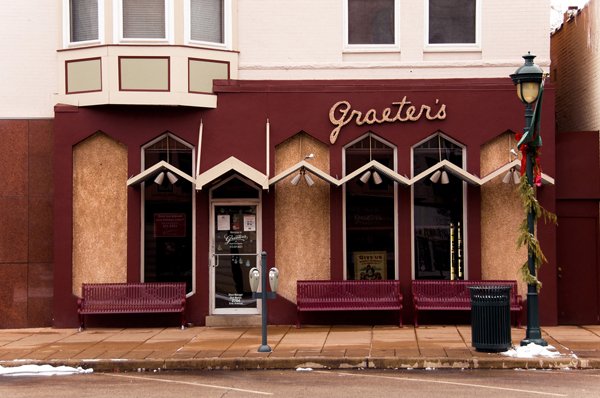
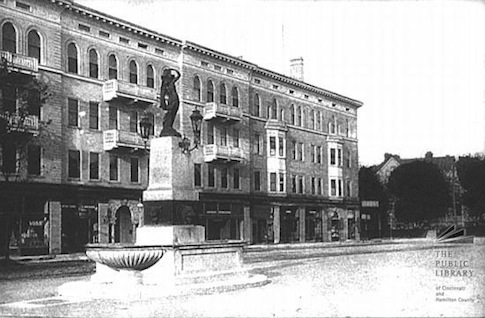
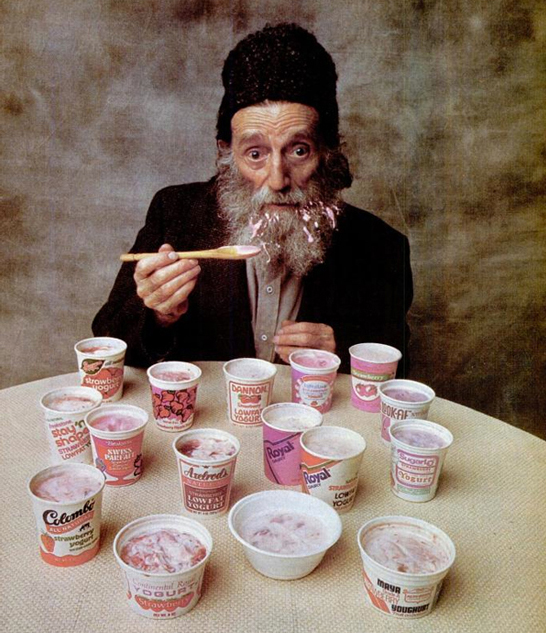
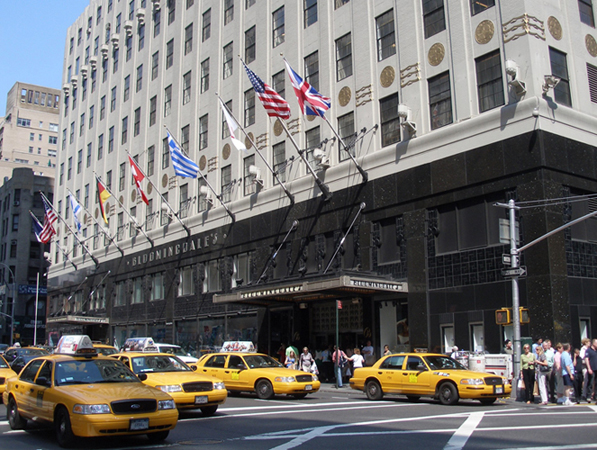
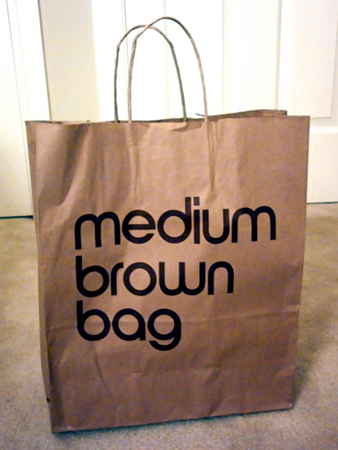
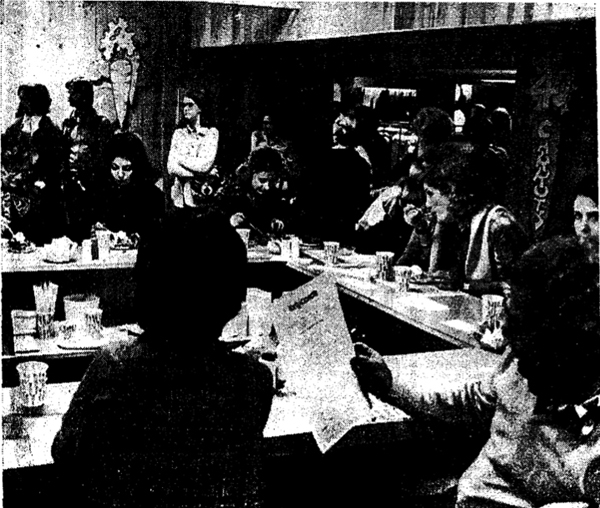
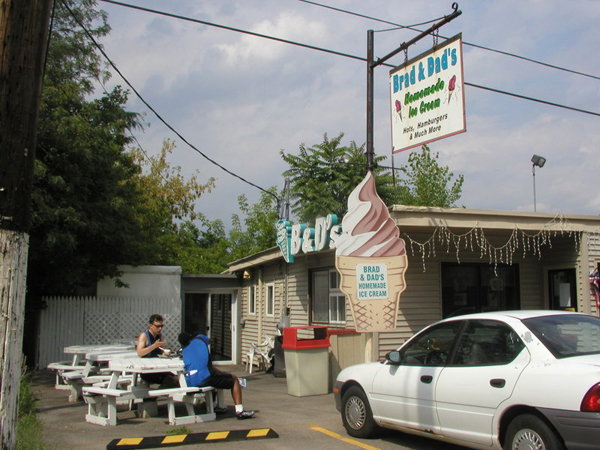
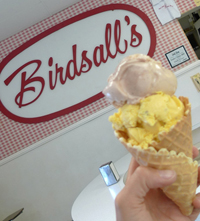

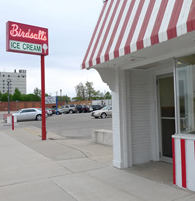
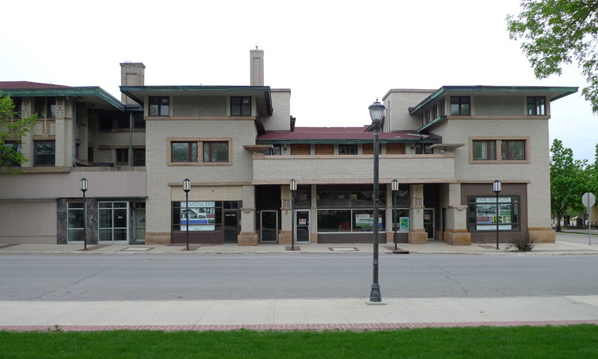
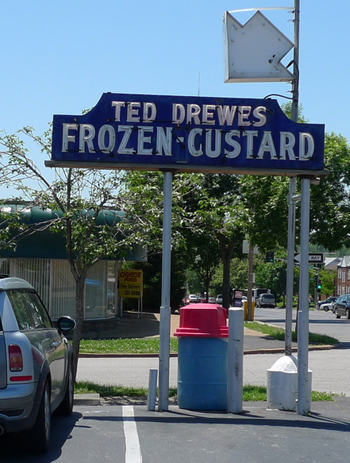
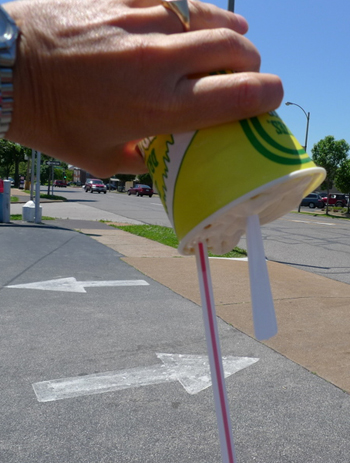

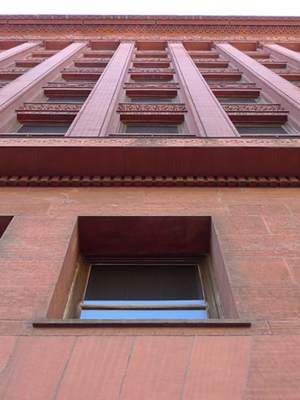
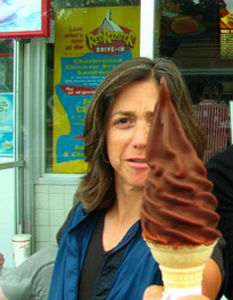
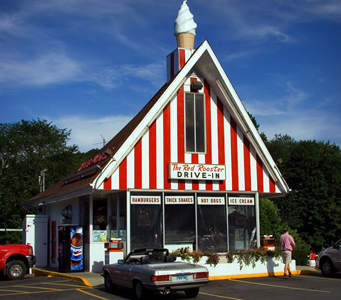
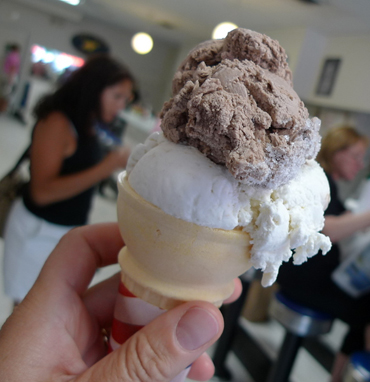
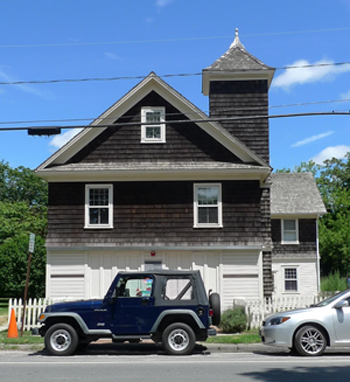
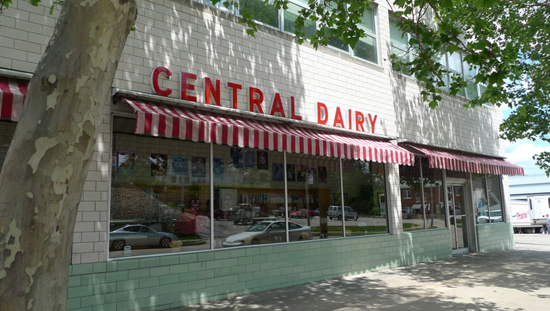
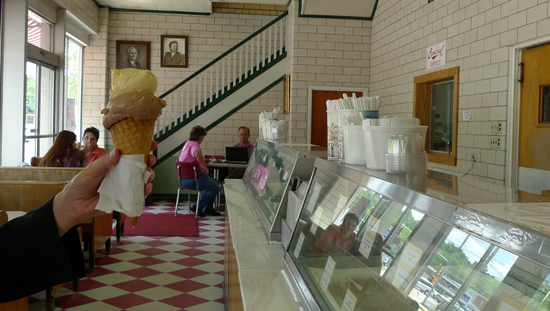
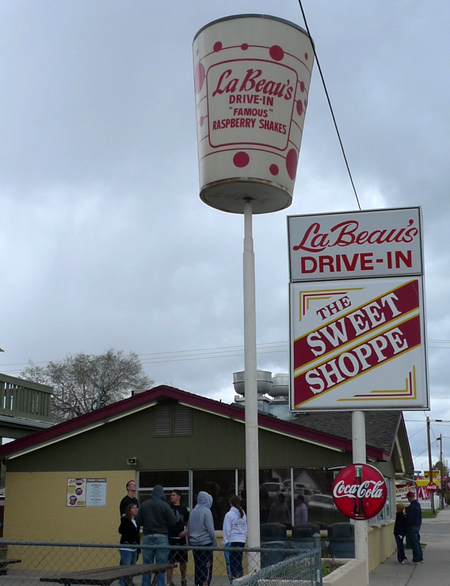
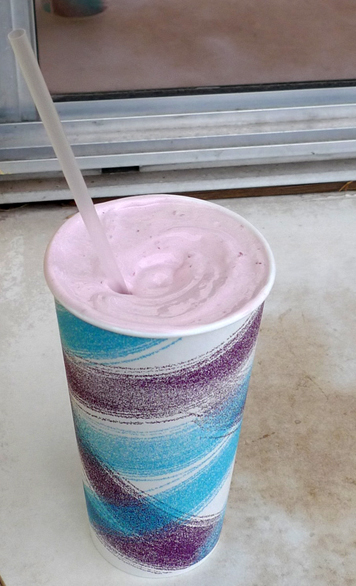
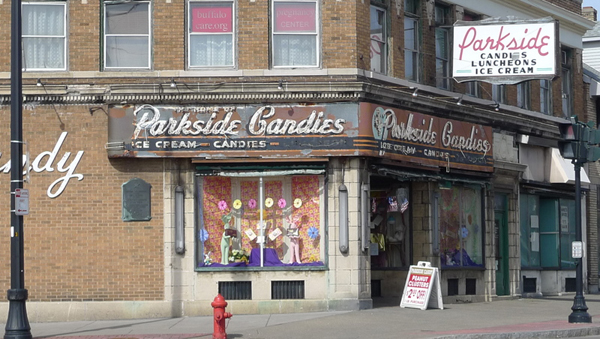
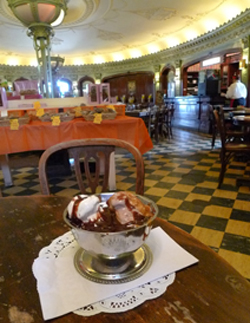
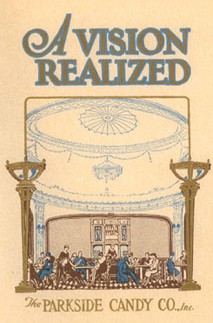

Leave a Reply
You must be logged in to post a comment.